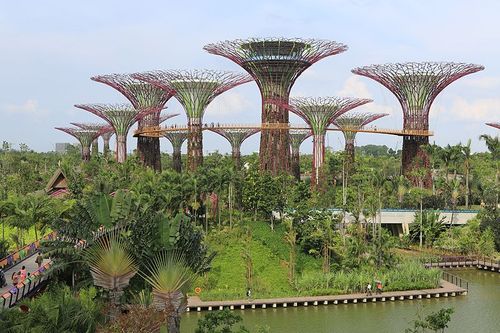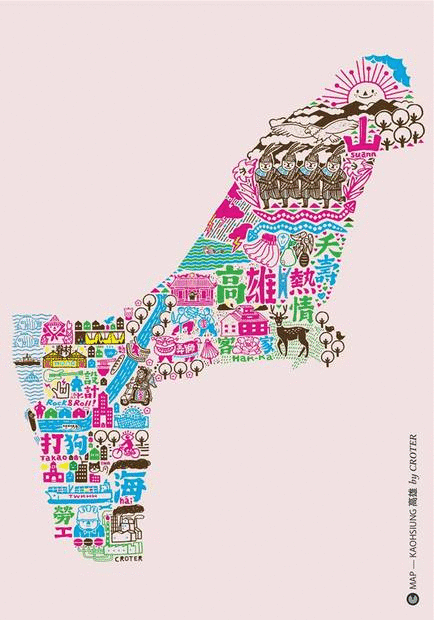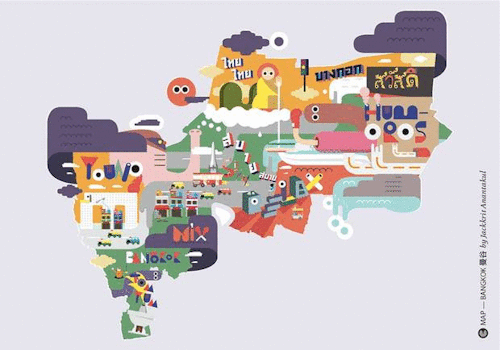
Gardens and greenery are probably one of the least controversial elements of a city. They are seen as the counterpoint to the urban plaque of grey buildings and concrete. Greenery — parks, plants, rooftop gardens — is a handy symbol for any city keen to show it understands and cares about the impact of urban development, that it can build in a more sustainable fashion.
But what we often forget is that greenery in a city needs to be maintained. Unlike nature where trees, plants and animals are left to grow as they like, a city’s greenery is a carefully constructed element no different than a building. After a seed is planted (or tree transplanted), a whole maintenance system needs to be developed to keep greenery alive and not in the way of a city.
The picture above is Gardens by the Bay in Singapore, the city’s latest green initiative to rebrand itself from a “Garden City” to a “City in a Garden”. In this carefully manicured landscape are two conservatories of plants that would never have survived in Singapore’s tropical weather without carefully controlled climates. The garden itself is also built on land reclaimed from the sea. One can only imagine how much water and labour it takes to keep the Gardens prim and proper.
While the Gardens’ architecture and design attempts to be sustainable, what if we compared it to if there had been no such development? Can we truly “construct” sustainability in a city? Or is its very existence already unsustainable?
———–
Written for Anooradha Iyer Siddiqi’s Cultural Theory class at D-Crit in response to “Introduction: Whiter ‘Earthly’ Architectures: Constructing Sustainability” by Simon Guy


